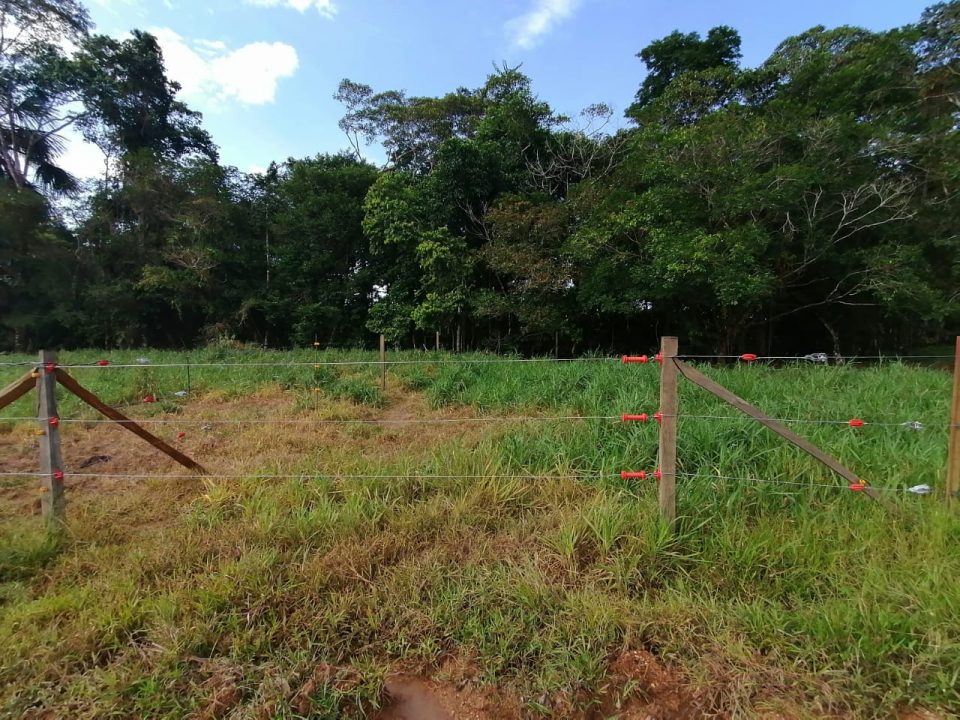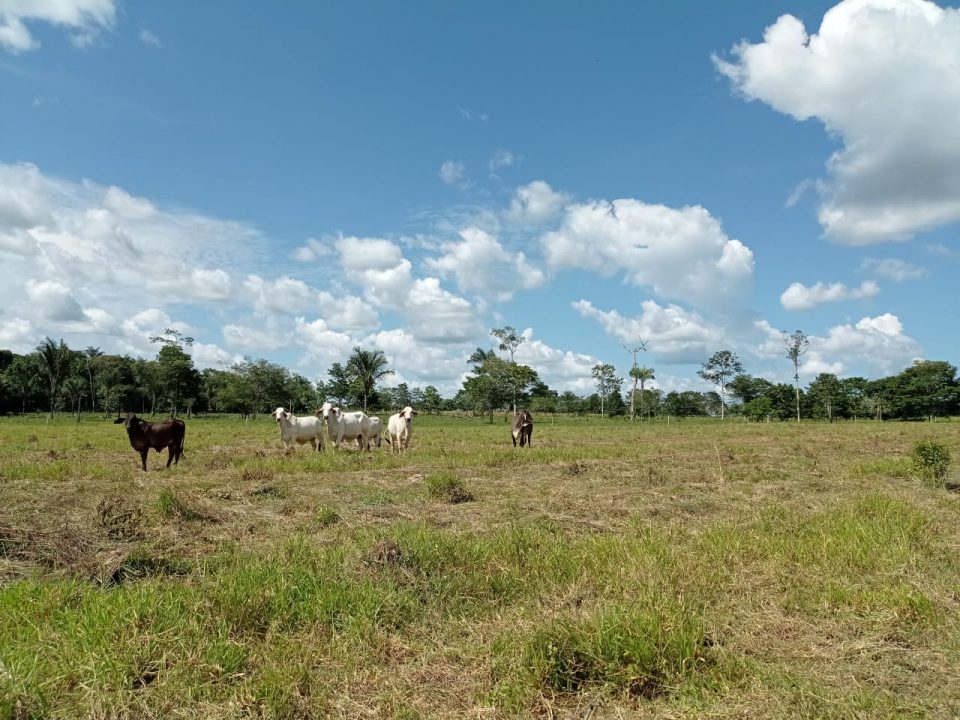A credit line for sustainable cattle ranching in Colombia
Cattle ranching is among the leading causes of deforestation related emissions in Colombia. But a new financial instrument designed to expand access to credit for smallholder ranchers could make the sector a leading contributor to Colombia’s emission reduction goals.
Designed by a coalition of partners including EII, the Instrument for the Transformation to Sustainable Production (called by its Spanish acronym, ITPS) aims to fundamentally reshape how conventional cattle ranching is done in the country, improving livelihoods while protecting forests.
“This is a new line of credit with several innovative components,” says EII Country Coordinator for Colombia, María Adelaida Fernández, a biologist by training with a Ph.D. in economics who was part of the team that designed the instrument. “It’s basically green finance in action.”
Colombia, among the world’s most biodiverse countries, fell short of its pledge to achieve zero net deforestation in the Amazon Region by 2020. After years of declining forest loss, rates began to climb soon after a peace deal was struck in 2016, ending five decades of civil war. Deforestation is especially high in the Amazon region, which accounted for 70% of Colombia’s total forest loss in 2018.
Colombia has since pledged to reduce its annual greenhouse gas emissions by 51% by 2030 as part of its Nationally Determined Contribution (NDC) to the Paris Agreement. A majority of those reductions are expected to come from the agroforestry sector.
Meeting that goal will require substantial changes to Colombia’s livestock sector, one of the fastest growing agricultural sectors in the Amazon and, according to a forthcoming policy brief on the ITPS co-authored by Fernández, a vital source of income for poorer farmers.
The aim of the ITPS is to untangle that knot by incentivizing ranchers to introduce more sustainable and regenerative practices that, if carried through to scale, could contribute a majority of Colombia’s reductions under its revised NDC while boosting incomes for some of the country’s poorest farmers.
Providing loans of up to $20 million Colombian pesos (roughly US$5600) at sharply reduced rates, potential borrowers are required to commit to sustainable practices that foster regeneration of degraded pastures and protection of standing forests. The mechanism also includes a voluntary component that would compensate borrowers up to 25% of their loans in return for “liberating” previously degraded pastures for natural regeneration.
To ensure compliance, teams of technical advisors are sent to farms prior to and throughout the loan process to assess a farm’s productive capacity and existing forest cover, and to support farmers as they transition to more sustainable methods. Fernández notes this technical assistance component is central to the broader success of the ITPS.
“If borrowers don’t invest the money in the right ways, they won’t see improvements in productivity and hence no increase in income, which will inhibit their ability to repay the loan,” she explained. “Technical assistance is key, because we are talking about changing the cattle ranching culture here.”
As in much of the developing world, credit for smallholder producers remains severely limited in Colombia, where just 10% of producers have access to credit. Fearing the high risks and uncertainties associated with small-scale agriculture, banks are for the most part reluctant to lend to smaller farmers, many of whom have few assets to offer as collateral. The situation is compounded by the concentration of land ownership in Colombia, where fewer than half of smallholder producers maintain titles to their land.
Without access to capital the majority of smallholder ranchers in Colombia are unable to invest in sustainable alternatives, relying instead on traditional methods that involve, among other activities, the regular clearing of forests for new pastures.
Uverney Gutiérrez is a rancher in the town of Morelia, located in the Department of Caquetá, one of two departments—the other being neighboring Guaviare to the east—where in 2019 a pilot program was launched to test ITPS’s efficacy and feasibility. Both departments are among those with the highest rates of deforestation in the country.

“Through this program we gained a better understanding about the importance of dividing pastures and improving the forests,” said Gutierrez, among 67 ITPS beneficiaries in Caquetá. “In the past we cut the forests, but thanks to this project we’ve come to see the forests as a benefit to us and to the animals.”
“I’m very happy with ITPS,” exclaimed Sonia Martha Pinzón Donado, one of 35 ranchers in Guaviare who participated in the pilot. She used the loan to “improve the quality of my pastures and my farm, to improve my cattle production and to liberate half a hectare” for regeneration.

Many of the loans provided were used to support things like wire fencing for rotation of grazing plots and pasture regeneration, as well as higher quality seeds that can help improve the health and weight gain of cattle, reducing the amount of pasture needed. Additional incentives for forest protection also improve the soil’s water retention while providing shade from the tropical sun for cattle.
The ITPS is supported by Colombia’s Fund for Agricultural Sector Finance (FINAGRO), as well as through international financing from Norway, Germany and the United Kingdom through the Payment for Results´REDD+ program. It was designed by FINAGRO with support from the Global Green Growth Institute, Earth Innovation Institute and FEDEGAN as part of the Ministry of Environment and Sustainable Development’s Amazon Vision program.
Next steps will focus on efforts to broaden the program to include medium and large-size ranchers, in order to achieve greater impacts at the landscape scale, and to find more permanent sources of financing, including through existing credit programs in Colombia.
“This type of instrument is not only a solution or need for smaller producers, but for all types of cattle producers in the country, where sustainable reconversion is as important,” explained Javier Ortiz Bahamón, Colombia-Perú coordinator for the Tropical Forest Alliance and part of the team that designed and implemented the ITPS.
According to Fernandez, expanding the ITPS into a mainstream finance mechanism for producers can “change for the better the cattle ranching sector in Colombia.”
